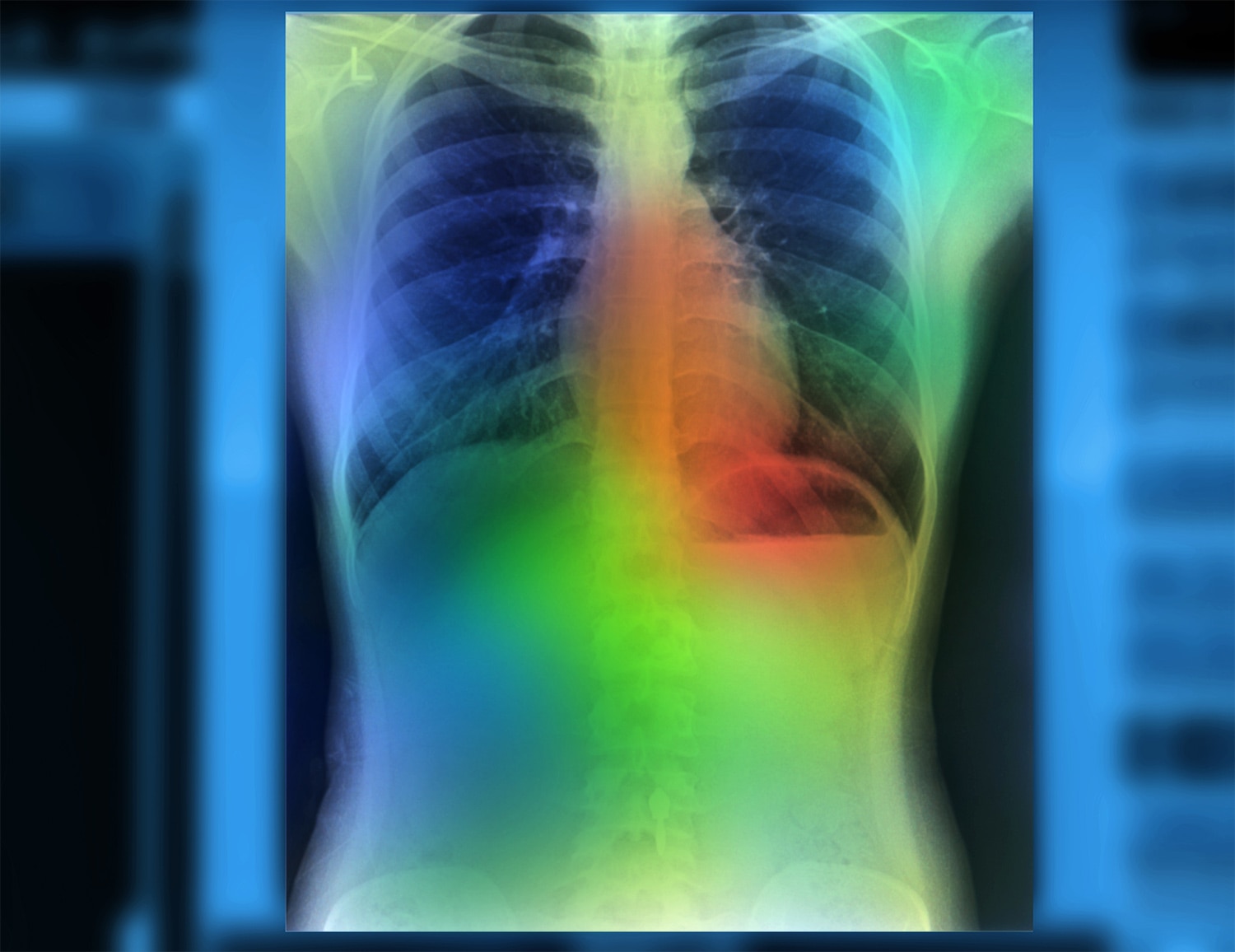METASTATIC LUNG CANCER is a deadly disease. Only 24% of non-small cell lung cancer (NSCLC) patients survive their cancers five years past diagnosis. Among patients whose NSCLC has metastasized, that statistic is just 6%. “Do most people die from their lung cancer?” asks Tejas Patil, a medical oncologist at the University of Colorado in Aurora. “Yes, but for the first time, we have seen a decline in lung cancer mortality.” Patil says three main factors contribute to the improvement: CT scans to screen for lung cancer, immunotherapy and precision oncology.
“Targeted therapies are personalized therapies, attempts to customize and match the right treatment for the right patient at the right time,” says Vivek Subbiah, clinical medical director of the Clinical Center for Targeted Therapy at the University of Texas MD Anderson Cancer Center in Houston. Targeted therapies can counteract the effects of specific cancer mutations that are identified by analyzing cells from the tumor. Treatment usually involves inhibiting certain molecules vital to the tumor’s survival.
There are now a small number of genes that can be mutated in NSCLC for which targeted therapies have been approved. “Lung cancer recently has become the poster child for precision oncology,” says Subbiah. The Food and Drug Administration (FDA) approved several targeted therapies for metastatic NSCLC in 2020, including three targeting mutations for which no targeted therapies had been approved before. (The FDA approved another targeted drug, Tepmetko [tepotinib], on Feb. 3, 2021, for patients with MET alterations.)
The FDA approved Cyramza (ramucirumab), an intravenously administered drug, as a
In a phase III trial, patients with metastatic, EGFR-positive NSCLC were randomized to receive either Tarceva and Cyramza, or Tarceva and a placebo. Patients in the Cyramza group went an average of 19.4 months without disease progression or death, compared to 12.4 months for the placebo group.
The FDA approved Alunbrig (brigatinib) as a treatment for metastatic ALK-positive NSCLC. Between 3% and 5% of patients with metastatic NSCLC have ALK mutations that stimulate tumor growth. In a phase III clinical trial, patients with ALK-positive metastatic NSCLC were randomized to receive either Alunbrig or Xalkori (crizotinib), an ALK inhibitor that was the standard of care when the trial began. The estimated time to disease progression or death for patients who received Alunbrig was 24 months, but for patients who received Xalkori it was 11 months. Tumors shrank or were undetectable in 74% of patients who received Alunbrig, compared with 62% of patients who received Xalkori.
Xalkori, the first ALK inhibitor to be approved, is an effective therapy with one drawback, according to Patil. “That drawback was that it has very poor penetration into the brain,” says Patil, who was not involved in the Alunbrig trial but has treated many of its participants. He notes that Alunbrig seems more promising in this respect: In patients with measurable brain metastases at the start of the study, tumors shrank or disappeared in 78% of those who received Alunbrig, but only in 26% of patients who received Xalkori.
The FDA granted accelerated approval to the oral targeted therapy Tabrecta (capmatinib) for patients with metastatic NSCLC whose tumors have MET alterations. In 3% to 4% of metastatic NSCLC patients, the MET gene is mutated such that the resulting MET proteins are missing a part that allows them to be destroyed. Tumors with MET mutations grow out of control, explains hematologist-oncologist Edward B. Garon at the University of California, Los Angeles, who served as the North American lead on the trial testing the Cyramza-Tarceva combination and was on the steering committee for the trial that led to Tabrecta’s approval. In that phase II trial in which all patients received Tabrecta, tumors shrank or disappeared in 41% of patients who had previously received other therapies and in 68% of patients for whom Tabrecta was their first treatment. Tabrecta is the first therapy that targets the MET gene.
Finally, the FDA granted accelerated approval to two oral targeted therapies for RET
Retevmo is the first targeted therapy approved for RET fusion-positive lung cancer; Gavreto was the second. In the past, oncologists would treat patients with RET fusion-positive lung cancer with platinum-based chemotherapy or multikinase inhibitors, according to Subbiah. As the name implies, the latter treatment inhibited multiple proteins known as kinases, including RET. Because they inhibit so many targets, however, these multikinase inhibitors have side effects, including rashes, diarrhea and high blood pressure, which limited how much of the drug patients could tolerate, says Subbiah, who co-led both RET treatment trials. “There was an unmet need in these patients for highly selective, specific drugs,” Subbiah says.
Cancer Today magazine is free to cancer patients, survivors and caregivers who live in the U.S. Subscribe here to receive four issues per year.





